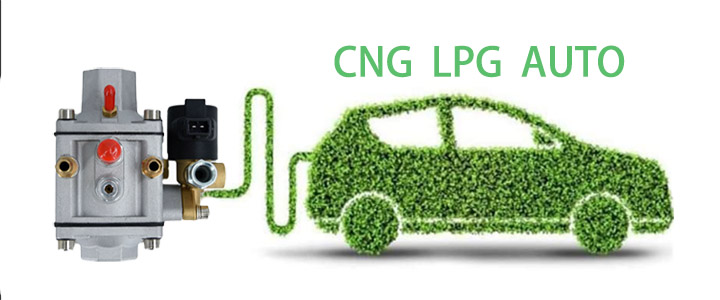Differences between CNG and LPG
What is LPG and CNG?
LPG fuel is a flammable hydrocarbon gas fuel including propane, butane and mixtures of these gases. It is produced from the processing of natural gas (the gas used in many Australian homes for heating) and oil refinement. In other countries,
CNG is different to LPG. It is predominantly methane and requires very high pressures to compress it into a liquid form. CNG fuel can NOT be used in an LPG-equipped vehicle without significant modifications where can only be made by a licensed specialist and cost many thousands of dollars to perform.

Types of LPG Systems
There are 4 types of conversion system for LPG to be used in motor vehicles:
1. Converter-and-mixer systems - many early systems used this technology, and most "dual fuel" aftermarket conversions.The liquid fuel is converted into vapour and then mixed with air before going into the intake manifold.
2. Vapour phase injection (VPI) - use a converter-and-mixer system, but the gas exits the converter under pressure and is injected into the intake manifold.
3. Liquid phase injection (LPI) - these systems inject liquid directly into the intake manifold without the use of a converter, where it vaporises. The fuel vaporising in the intake manifold cools and increases the density of the intake air, substantially increasing power output, improving fuel economy, whilst also resulting in lower emissions
4. Liquid phase direct injection (LPDI) - in these systems, the LPG instantly vaporises which cools the combustion chamber fuel-air mixture resulting in further improvements in performance, economy and emissions

Benefits of LPG systems
Ford vehicles that run on LPG or LPi may have the following benefits when compared to their Unleaded Petrol equivalents:
• significantly reduced running costs (LPG costs about 50% of Regular Unleaded Petrol, but note that it does consume up to 20% more fuel in volumetric terms to cover the same distance);
• more power and different delivery curve where that power is available at some more useful RPM ranges (such as overtaking);
• LPG has a higher Research Octane Rating (of anywhere between 100 and 110) than Regular Unleaded (RON of 91)
• reduced emissions and exhaust pollution

CNG vs. LPG Fuel
CNG and LPG fuel also have similarities and differences. While CNG is composed of methane, LPG is composed of propane and butane. CNG is typically used as a substitute for gasoline in automobiles while LPG is often used in the industrial, refrigeration, agricultural and catering industries. It is also used to power cooking and heating in homes, and like CNG, can be used as automobile fuel.
CNG releases less greenhouse gas while LPG releases carbon dioxide but is still cleaner than gasoline. In the case of a spill, CNG quickly dissipates, whereas LPG will settle on the ground. In general, CNG is considered safer than LPG since LPG is difficult to disperse.
Refer to£ºhttps://www.uti.edu/blog/diesel/cng-lpg-lng-fuel
The pictures and articles are from the internet. If there is any infringement, please contact us to delete them.
Popular articles
-

How the CNG Automotive S
Compressed natural gas (CNG) automotive systems
-

Advantages Of CNG Gas V
Compressed natural gas vehicles are vehicles th
-

What Is CNG Pressure Red
The pressure reducer of natural gas vehicle is
-

Advantages And Principle
LPG and CNG are two mainstream alternati
-

Reasons For High Gas Con
1. Original vehicle condition A. The tec
-

How To Improve The Power
1. Install ignition advance angle What i
-

Differences Between Sing
Characteristics of Gas Single Point Device
-

How The CNG Gas Vehicle
If you want to know ¨C how does the CNG conversi






Latest comments
0piece comment
no comments, welcome to comment¡£